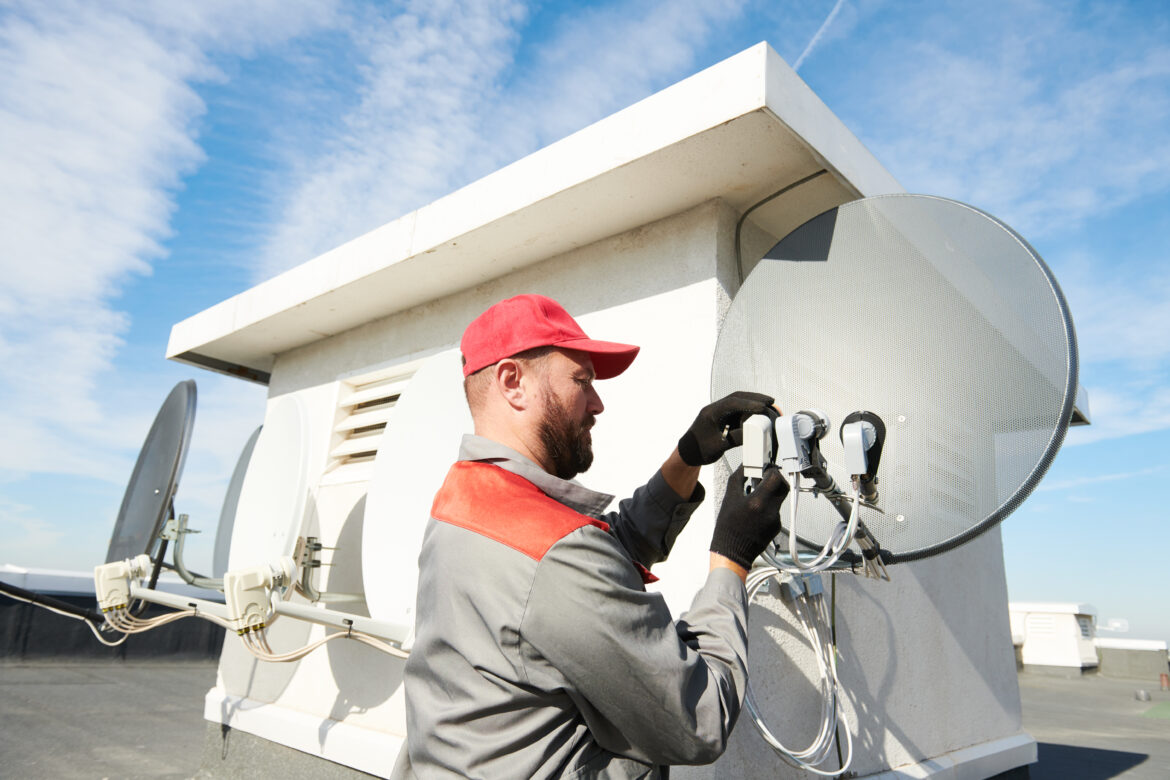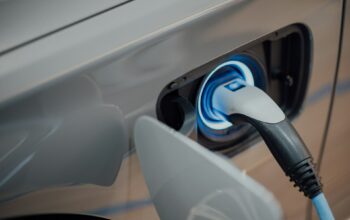With an increasing number of television channels and services available in the UK, ensuring a high-quality TV reception has never been more important. TV aerial installation plays a critical role in this aspect, affecting everything from the number of channels you can receive to the clarity of the picture.
This guide provides a comprehensive overview of what UK residents need to know about TV aerial installation, covering legal considerations, types of aerials, installation tips, and more.
Understanding TV Aerial Installation
TV aerial installation is more than just mounting an antenna; it’s about optimising your home’s reception capabilities. Whether you’re setting up a new home, upgrading your current setup, or troubleshooting poor signal strength, the right aerial installation can make a significant difference.
Legal Considerations
In the UK, certain regulations govern the installation of TV aerials, especially in listed buildings or conservation areas. It’s essential to check with your local council for specific guidelines or restrictions before proceeding with installation. Additionally, planning permission may be required if the aerial significantly alters the appearance or exceeds certain size limitations.
Types of TV Aerials
There are primarily two types of aerials used in the UK: indoor and outdoor. Indoor aerials are suitable for areas with strong signal strength and are easier to install but may not provide the best reception in all situations. Outdoor aerials, on the other hand, are mounted on the roof or loft and can capture a stronger signal, making them ideal for most homes.
The Right Positioning
The correct positioning of your TV aerial is crucial for optimal reception. Factors such as the nearest transmitter, physical obstructions, and even weather conditions can affect signal strength. Roof-mounted aerials generally offer the best reception, but alignment towards the nearest transmitter and avoiding obstructions is key.
A Guide To DIY Installation
Many homeowners opt for DIY installation to save on costs. While this is feasible, it’s important to approach the task with due diligence.
Safety First
Working at heights involves risks, so safety should be your top priority. Ensure you have a stable ladder, use safety equipment, and never attempt installation in adverse weather conditions.
Required Tools and Equipment
Having the right tools and equipment is essential for a successful DIY installation. This includes the aerial itself, a mounting bracket, coaxial cable, connectors, and potentially a signal metre to fine-tune positioning.
Step-by-Step Installation Process
- Planning: Determine the location of the nearest transmitter and plan the aerial’s position accordingly.
- Mounting: Securely mount the aerial using the bracket, ensuring it’s as high as possible and aligned towards the transmitter.
- Cabling: Run the coaxial cable from the aerial to your TV, making sure to keep the cable taut and protected from the elements.
- Tuning: Once everything is connected, retune your TV to pick up the channels available in your area.
Professional Installation: When to Consider It
While DIY might be appealing, certain situations warrant the expertise of a professional aerial installer.
Complex Setups
Homes with multiple TVs or those in areas with poor signal strength might require a more complex setup, including amplifiers or signal boosters, best handled by a professional.
Health and Safety Concerns
If access to your roof is particularly difficult, or you’re unsure about safely completing the installation, it’s worth hiring a professional to avoid any risks.
Guarantee and Support
Professional installers typically offer a warranty for their work, providing peace of mind and support should any issues arise post-installation.
Troubleshooting Common Issues
Even with a proper setup, issues can occur. Common problems include pixelation, signal loss during bad weather, or specific channel outages.
Signal Strength and Quality
Ensuring a strong and clear signal is key. This might involve repositioning the aerial, adjusting the direction slightly, or considering an upgrade to your aerial.
Interference
External factors such as LTE mobile signals or electrical appliances can interfere with your TV signal. Filter devices can mitigate some of these issues, enhancing signal integrity.
Maintenance
Regular maintenance, including checking cables for wear and ensuring the aerial hasn’t shifted, can prevent many common reception problems.
Closing Thoughts
TV aerial installation in the UK requires careful consideration of various factors, from legal regulations to technical specifications. Whether opting for a DIY approach or hiring a professional, the right installation can significantly enhance your television viewing experience. Remember, safety should always come first, and when in doubt, consulting with a professional can ensure your setup is as efficient and effective as possible.



